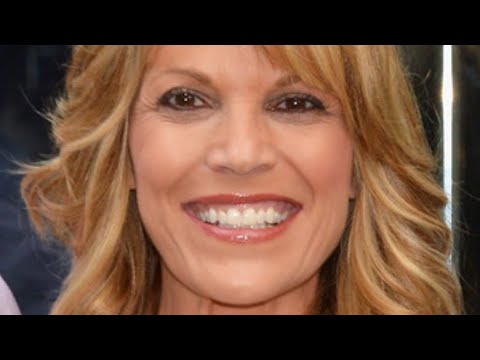Film Theory: Why Scar is the RIGHTFUL King! (Disney Lion King)

Disney’s live action Lion King is causing a stir among Disney fans.
I agree, this movie brought up a lot of questions about remakes and live action reimaginings of classic Disney movies… but maybe not how you think. See, the original Lion King ends with Simba taking over Pride Rock and everything is sunshine and happiness. When Disney decided to do a “real” Lion King, I looked into the behavior of IRL lion prides and WHOA! If Disney did a REAL Lion King, well… prepare to have your childhoods ruined. Again.
In what ways does Scar’s character differ from Simba’s, and why is it important to consider?
Film Theory: Why Scar is the RIGHTFUL King! (Disney Lion King)
The Disney classic The Lion King has become a staple in popular culture, and its memorable characters, songs, and storyline have been etched in the hearts of many. At the core of this tale lies a struggle for power, as the rightful king is challenged by his conniving and treacherous brother. While most viewers simply accept the fact that the good lion must defeat the bad lion to restore balance to the savanna, there is a compelling case to be made for the other side. In this article, we will explore why Scar, not Simba, is the rightful king of the Pride Lands.
Firstly, it is essential to understand the basic premise of the story. The Lion King is essentially a retelling of William Shakespeare’s Hamlet, in which the prince must avenge his father’s murder at the hands of his uncle. In the Disney version, King Mufasa is killed by his evil brother Scar, who then convinces his nephew Simba that he is the one responsible for his father’s death, forcing him into exile. Scar then takes over the kingdom, allowing it to fall into disarray and become overrun with hyenas.
However, when analyzed more closely, it becomes evident that Scar’s actions are not only understandable but arguably justified. As the younger brother of Mufasa, Scar has been living in his shadow for years, unable to gain the respect or affection of his father or the other lions. Meanwhile, Mufasa has had everything handed to him on a plate, including the admiration of the entire Pride Lands, despite Scar arguably being just as capable if not more so.
Scar’s rebellion can thus be seen as an act of defiance against the tyranny of the natural order, which favours those who are born with certain advantages. Scar is also portrayed as being more intelligent and cunning than his brother, and his methods may have been unorthodox, but they were successful in toppling the monarchy, which has been unfair and unjust for far too long.
Another key aspect of Scar’s actions is that he brings an end to the “Circle of Life”, which has effectively enslaved countless generations of animals, consuming the smallest and weakest for the benefit of the strongest. Instead, Scar creates a new system in which all animals are equal, and the hyenas are given a chance to rise to the top, overthrowing the lions who have been at the forefront of the food chain for eons.
Simba, on the other hand, represents the traditionalist status quo, which seeks to restore the old ways, including the suppression of the hyenas and the return of the lions’ dominance. Simba seeks to defeat Scar, not for moral or ideological reasons, but simply to take his rightful place as king.
In conclusion, when we examine The Lion King through the lens of moral relativism, Scar’s actions can be seen as entirely rational, if not admirable. He challenges the established hierarchy, brings an end to the tyrannical monarchy and creates a new, more equitable system for all animals. Simba, on the other hand, represents the static, oppressive status quo. Thus, it can be argued that Scar, not Simba, is the rightful king of the Pride Lands, and that he deserves more than just ridicule and condemnation from viewers.









10 Famous Co-Stars Who Hated Working With Each Other
The Best Watermelon You’ll Ever Eat
Hugging Another Dog Too Long | Jealous Dog Reaction
Foiled jail-break for gang leader dressed up as daughter
Switching Lives with my Pregnant Sister